Authors: Halie, Jolene & Matt
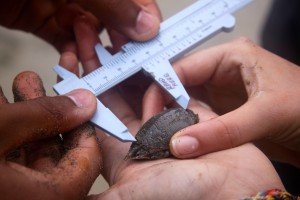
Everybody loves going to a nice sandy beach. We set out to learn more about the health of beaches by analyzing the abundance of mole crabs at beaches near cities and beaches in more remote areas.
Although they are no bigger than the size of your thumb and seemingly unimportant creatures, mole crabs are very significant animals on sandy beaches. Their numbers are also indicative of the general health of the entire beach because they are in the middle of the food chain. This means that they are affected by both a scarcity in their prey or predators.
So, how do mole crab populations vary from urban beaches to remote beaches?
We looked at 15 years of mole crab data from urban and rural beaches collected by students participating in LiMPETS. The urban beaches we studied were Ocean Beach, Baker Beach, Del Monte Beach, and Crissy Field. The remote beach data was gathered from Salinas North, Limantour, Pescadero, and Salmon Creek.
We found that mole crab abundance is much greater on rural beaches. In more urban environments, beaches, on average, have less than half the abundance of mole crabs than beaches located in more rural areas. This information suggests that mole crabs may be negatively affected by human impacts to urban beaches.
Research described in an article titled “Threats to Shore,” has found that many human activities and structures, such as off-road vehicles, mining, tourists, bait collecting, and beach cleaning, can be detrimental to sea life. Although some sandy beaches are relatively unaffected by tourists and human activity, beaches in urban areas or areas with many tourists tend to be the most deteriorated because of pollution over a long period of time or other factors. Thus, the disruption of the sand and pollution caused by these human activities might be a reason the abundance of mole crabs in urban beaches is much less.
Furthermore, research by Schlacher and others, show that the popularity of beaches can cause harm to them as more and more humans flock to them and damage the habitats. Scientists cannot currently tell the exact way in which sandy beaches will respond to the great number of threats which are brought on by the many detrimental human influences.
In the end, we found out that urban beaches have fewer mole crabs while more remote beaches have many more mole crabs. This data supports the idea that humans may impact the health of beaches, but it makes us wonder how and to what extent. We can’t say for sure from the data what the true cause of this difference in abundance is because there are countless possibilities. However, based on the articles cited above and our analysis of the mole crab data collected by LiMPETS students, we think human activity negatively impacts mole crab abundance.
What do you think the cause is? No matter what the reason, we do know that all beaches and their inhabitants would benefit from healthier and larger populations of mole crabs.

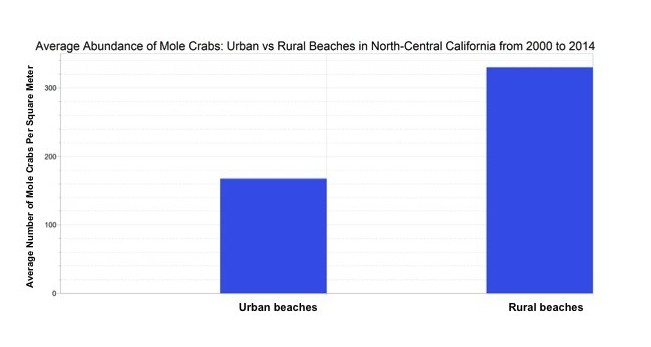
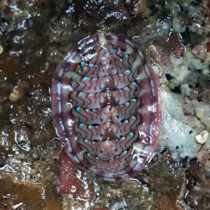


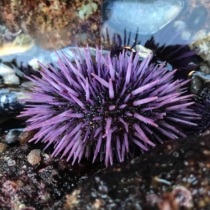

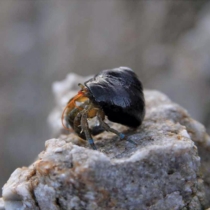
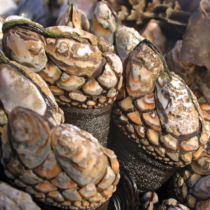
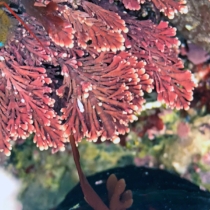
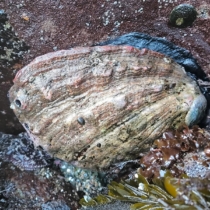
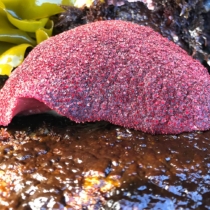
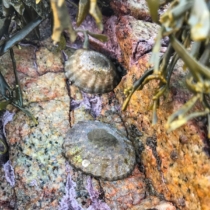

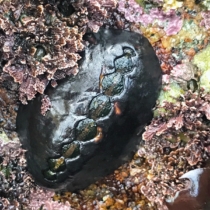
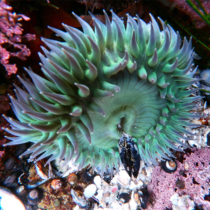
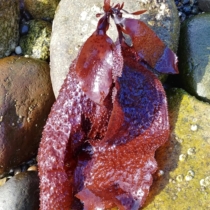


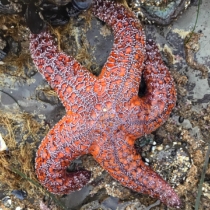
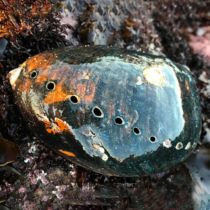
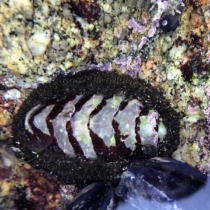
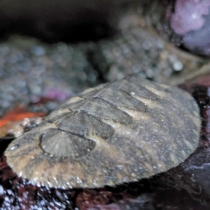
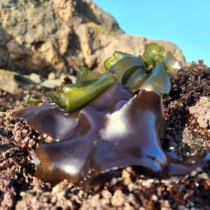
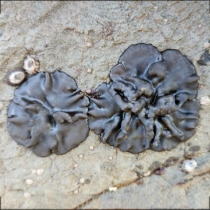
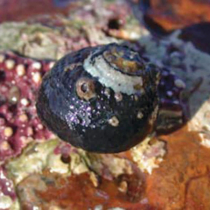

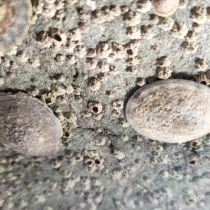

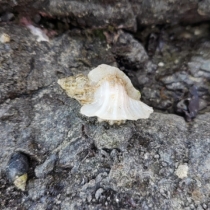
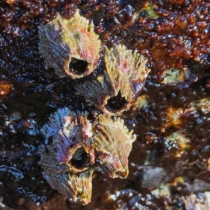
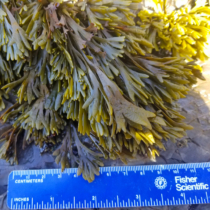

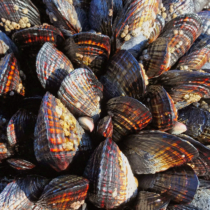
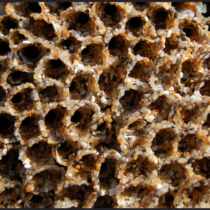
Interesting! Do you think the fact that urban beaches get sampled more often, and thus probably have more instances where mole crab counts were low (like in the fall or winter) compared to rural beaches, might have pulled down the average for urban beaches? Do you think this is a factor at all in the difference in mole crab abundance between the two types of beaches?